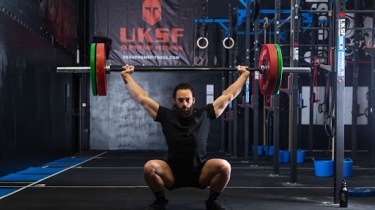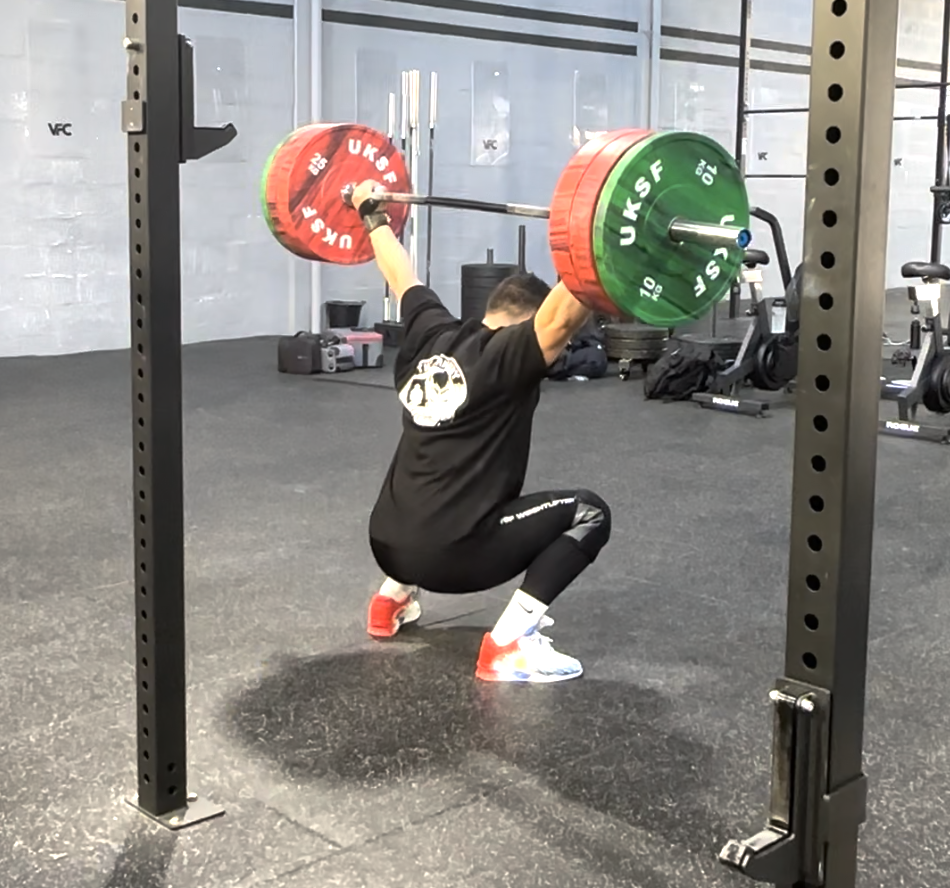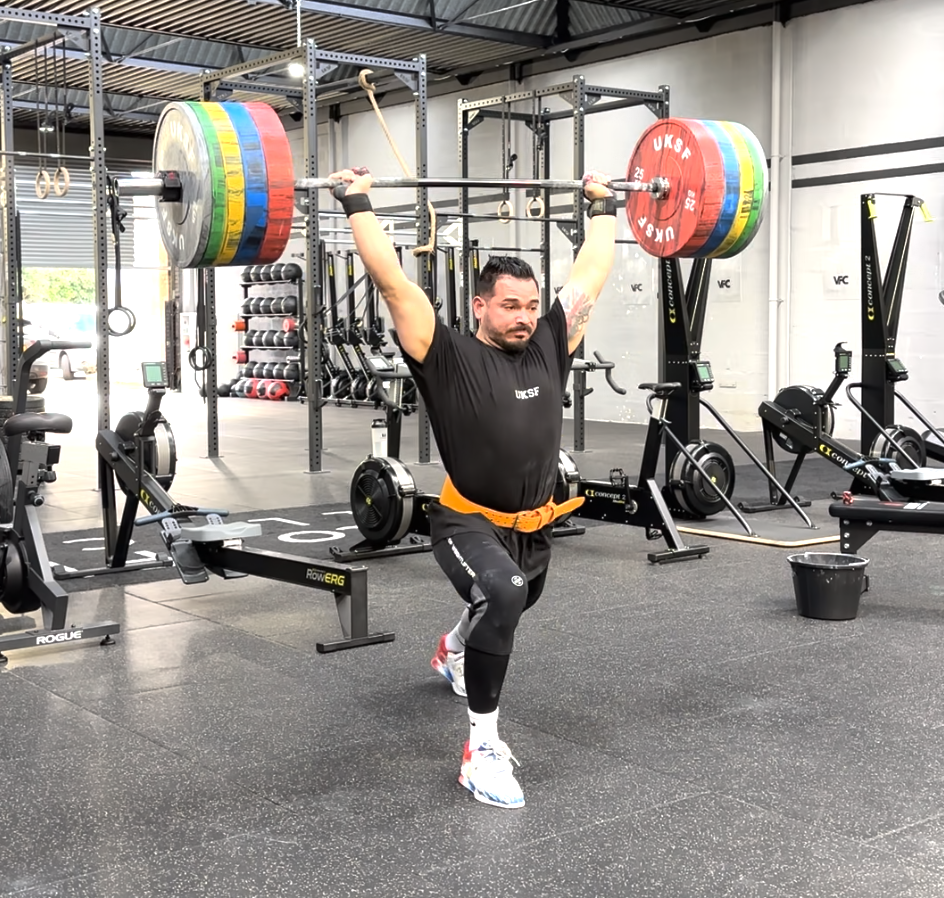
What Is Olympic Weightlifting?
Olympic weightlifting builds strength, muscle, and explosive power like no other exercise can. Best of all, the moves do not have to be performed by olympians.
Why is weightlifting important?
More people are turning towards lifting weights than ever before. Weightlifting isn't just about bulking up and gaining muscle mass. Improved posture, better sleep, weight loss maintenance, increased metabolism, and the prevention of chronic disease are just a few of the advantages. With this list, it is clear that lifting weights should be a part of everyone’s workout routine.
What is Olympic Weightlifting?
Olympic weightlifting improves strength alongside power and speed. The moves combine a range of motions and target multiple muscles at once, strengthening them in ways that have previously not been done. Compared to exercises that isolate specific muscles or parts of the body, these combination moves are highly effective.
The intense nature of Olympic weightlifting enables those who perform them regularly to reach their goals more quickly. The Olympic lifts are the snatch and clean and jerk. There are several alternatives to these movements including power snatch, power jerk, power clean and muscle snatch and cleans.
The Power Clean vs The Power Snatch
Both the power clean and the power snatch are popular Olympic weightlifting moves to master first. For both exercises, using a durable Olympic weightlifting barbell is advised.
The Power Clean
The power clean is suitable for all abilities. Start with the barbell hip-width apart.
-
Squat down to grip the bar
-
Drive the barbell up with your legs (similar to a deadlift), keeping the bar as close to your torso as possible.
-
Extend hips explosively and use momentum to carry the bar up after it passes knees.
-
Drive your body under and grab the barbell in the front rack position, with elbows as high as possible and in a partial quarter squat, as soon as your hips are fully extended.
-
Before dropping the bar to the ground, slowly lower it to the hips with your core engaged and trunk braced at all times.
The Power Snatch
The power snatch is also suitable for all abilities. It begins in a similar way to a clean, however the grip is wider and the hips sit slightly higher the snatch finishes in a different position, with the barbell above the head with extended arms. Again, start with the barbell hip-width apart.
-
Squat down to grip the bar
-
Drive the barbell up with your legs (similar to a deadlift), keeping the bar as close to your torso as possible.
-
Once the bar reaches the knees, extend your hips explosively to carry the barbell up.
-
When hips are extended, drive your body under the barbell to finish with it in an overhead position.
-
Before dropping the bar to the ground, slowly lower it to the hips with your core engaged and trunk braced at all times.

What are the benefits of Olympic Weightlifting?
There are a wide variety of benefits to Olympic weightlifting aside from the obvious improvements to someone’s levels of strength and fitness. From improved sleep, to stronger bones, below we cover a range of them.
Improves Physique
The range of motions that Olympic weightlifting covers has the potential to improve all parts of your physique. A combination of muscles is targeted during these exercises. During your workouts, you burn a lot of calories in a short amount of time. Olympic lifts can aid you in losing body fat, gaining muscle, and improving strength.
Strengthens Bones
Bone strength is crucial in preventing osteoporosis and avoiding bone fractures. Olympic lifts put a lot of force on the legs, spine, and arms, which is what the body needs to stimulate new bone production and improve overall bone density. Having strong bones can also protect against other injuries and stability across joints.
Protects Against Disease
Usually, the stronger you are, the more resilient you are to disease. Numerous studies have shown that regular weightlifting can improve resting heart rate and blood pressure, those that are also improved by doing cardio. This demonstrates that Olympic weightlifting is a great all-round workout.
Improves Sleep and Mood
Exercise releases endorphins, which are crucial for maintaining our mood and good mental health. Weight training is also a great way of gaining energy as regular exercise increases your body’s energy supply. The quality of sleep for those who weightlift is also usually better. This is due to stress reduction as regular bodily functions become more regulated.
Improves Balance
Weightlifting targets muscle groups that are required for good balance, such as the core and the back. Our core keeps us standing tall and strong and having stronger back muscles can work to prevent back pain and injury. Age and inactivity can lead to increased instability. Having strong muscles and an active lifestyle can help reduce the effects of this.
Olympic weight training requires coordination as well as strength and flexibility. Improving body awareness and coordination is beneficial to everyday activities. In addition, learning new things improves cognitive capacity in later life.
Boosts Confidence
As with any exercise, the physiological and aesthetic benefits help individuals to feel more confident. Being physically stronger can also make people’s confidence skyrocket as it makes you feel more in control of your body and everyday movements. Being stronger also makes your posture better, making you stand taller.
How to stay safe when Olympic Weightlifting
Olympic weightlifting demands a great deal of your body. It is therefore important to not perform these exercises more than three times a week. Adding rest days will aid faster recovery, ensuring that you can continue to improve and add more weight further down the line. The days you are not perfecting the lifts you can focus on building strength in specific aspects of the lifts. These include pulls, high pulls, deadlifts, squats and muscle movements.
Take time to stretch and stay mobile in between performing these exercises. Use a foam roller to reduce muscle soreness and tension and regularly stretch your glutes, hamstrings, and chest. Stretching also allows you to get more flexible, allowing a greater range of motion when weightlifting in the future. Mobility is a key component to Olympic weightlifting and should play a key part in your journey to becoming a competent weightlifter
Equipment needed
Olympic barbells, Olympic bumper plates, lock jaw collars, fractional plates, olympic platform, lifting shoes, weightlifting belt, knee sleevs and thumb tape
If you want to invest in quality Olympic weight training equipment, visit our site.

